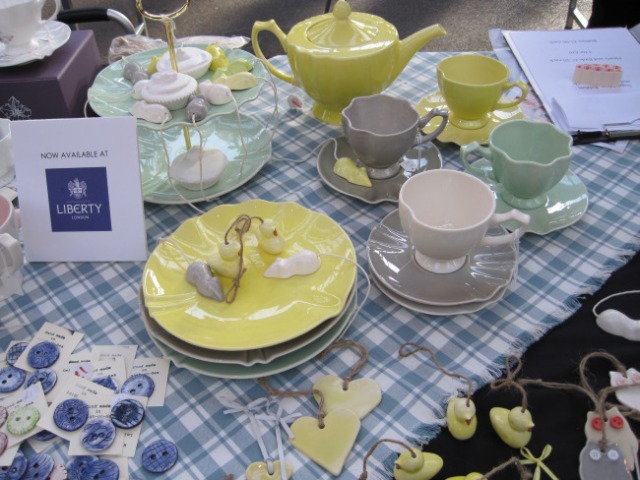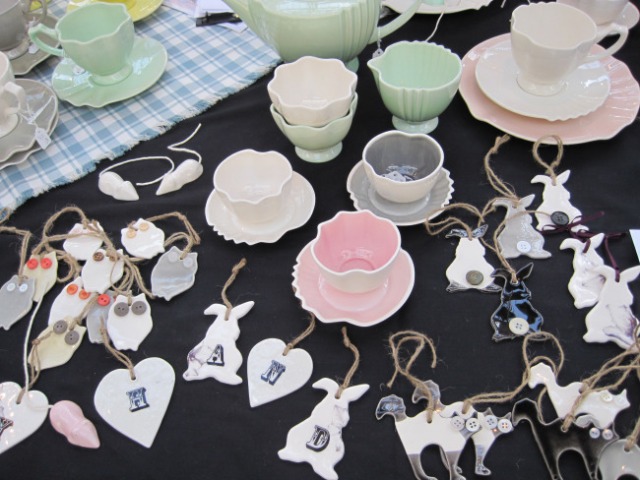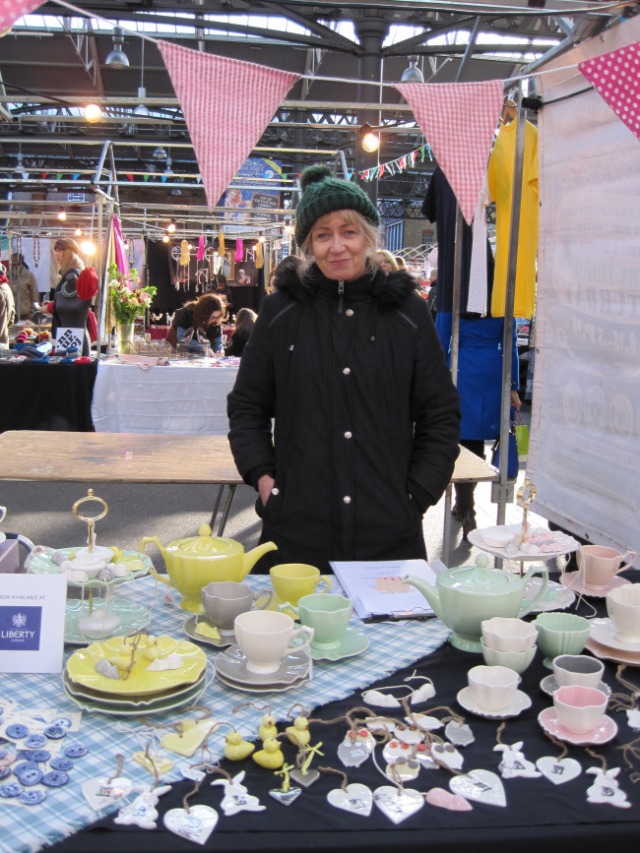Merissa Hamilton of Naturally Simple started her line of hair care products after suffering from post-natal hair loss following the birth of her son in 2009.

Merissa Hamilton
She went to work in her kitchen finding the right combination of natural ingredients to promote healthy hair growth.
Friends and family started putting orders for her hair oil and hair butter concoctions and in 2012, Ms Hamilton decided to launch Naturally Simple to the public.
The entrepreneur was at the Natural November event on Sunday 3rd November 2013 in Lambeth Town Hall, London. Toni Sekinah caught up with her at her stand.
Tell me about some of your products.
So this is the 3 step set and it has Green Tea extract. You can use it on braids or locks or natural hair, straight hair, whatever. I use it every day just to keep my hair moisturised and it doesn’t leave any build up and what I will do is I usually spray it on my locks, I would re-twist my hair with the butter so when you use the spray you can seal in the moisture with the butter afterward and it’s a lot lighter than Shea butter on its own and it’s not going to leave your hair clogged up. And then the oil which is a mixture of castor oil, sweet almond oil, Argan oil, rosemary, peppermint, lavender and tea tree oil. Rosemary and tea tree help to stimulate blood flow to the scalp which helps to promote growth. It’s not a magic potion that will make you hair grow but it will keep the scalp healthy. So you can use all three together.
Merissa explains to a customer how to sample the product. “To be honest a little bit of those products goes a long way so a large set will last a long time.”
I’ve only got three products basically because I am lazy with my hair. Shampoo, co-wash [washing one’s hair using just conditioner], I couldn’t deal with it. I’m too lazy for that. Then you’ve got to twist this, and tie this and band this. I was like ‘Give me something that’s straight forward.’
When I first made the butter it had a lot less coconut oil in it because I found that people who have braids or locks said to me that it wasn’t blending in and caused a lot of build-up. So I had to keep adjusting the formula. That’s why it is that consistency now. That’s what works at the moment.

Naturally Simple hair care products
What are the main ingredients in your products?
Shea butter, coconut, avocado, vitamin E.
Have you had a good response today with lots of people buying?
I’ve got some regular customers so they other order on line or come to event specifically for the products. Usually when I do Natural November I’ll let them know I’m doing it and they’ll come to the event to stock up on whatever it is that they need.
I’ve got quite a few customers that have come about from word of mouth so usually when I get an order online, I’ll ask them where they heard about the products and they’ll say “Oh so-and-so tried it” or “My daughter tried it and they’ve given me the contact details”. Or I’ll get a message via Facebook saying they have a friend who has tried it so a lot of it gets spread through word of mouth which is good because it means it must be doing the job it’s supposed to be doing.
Did you launch the website at the same time as the products?
I launched the products and the website together and I did that last October (2012). When my kids were born was when I started researching and making things and that’s when I came up with the products that I wanted but I wasn’t actually marketing or selling them. I was just making up batches for friends and family. And it was in summer around June or July last year that my husband said to me that I need to concentrate on marketing it properly so he helped me with the design and the packaging and it was in October that I launched the website. Natural November last year was the first event that I actually came to and sold at. No, it was September not October because I spent two months getting it out there and then saying that I was going to start so I actually launched it officially at Natural November.
How was the response to the launch?
It was good because I didn’t realise that anybody that had seen it on Facebook would actually come to the event and say that they had seen it.
So when people said they had seen in on Facebook I said “Wow! It’s actually really out there” .Since then it’s been really good. I’ve changed the branding once because originally the logo and the name have always been the same it was just the labels that have changed slightly. And also I went through a stage where I was experimenting with the packaging. So I made up new sets, I had taken some material that I had taken to Natural November in May to see which set was preferred. I had some that was very sleek with aluminium bottles and ones that were like this [transparent] so I was doing on the spot market research. People said they preferred the clear one because they could see the products, they could see what was left. They felt better about using what they could actually see.
Do you combine making these products with a full time job? What is you work-life balance?
Work-life balance is work, life, children. Because I make these up to order I’m not churning them out all the time. Say I get an order in the day, the products [ingredients] are ordered if I don’t have them then they are made up in the evening after I have received the order. I say to allow for five to seven days. I usually get it out within three but allow extra in case I have to order in anything that I don’t have. I just like to allow for the extra time so that people aren’t wondering where their products are.

Natural combs











